...and to the Kitchen...and soon, the Dining Room. Inch by inch we get back to it. We had a terrific vacation, with a lot of food involved - of course! - and now we are getting ready to renew our acquaintance with work.
Kevin is returning with renewed vigor in his interest in "sustainable and local". Part of the high cost of food - and this is of course in the grocery stores as well as from our suppliers - is because it is shipped from distant agricultural areas, shipped via truck or plane, either way, with high fuel costs. Even many of our local providers charge us that "fuel surcharge" we love so much, and several have for years. This time of year there really is no such thing as "local" produce, but we will serve "seasonal", as we always have, which means no asparagus for a while, even though it is in the produce section at the Super Fresh and Acme. But still, hard to avoid carrots that might also come from the West Coast, or even onions and potatoes. It's a question of drawing the line - what do you wait for seasonally that is available locally, like asparagus and strawberries and soft shell crabs, and what do you use that is available all year round, like lettuce or spinach or oysters, that will be raised nearby but isn't right now? It's a tough issue. Try to eat food produced within a 100 or 200 mile radius of your home, as some locavores maintain, and see for yourselves.
Seafood is one area where the public has been educated about the choices out there and how to make the right one. The Monterey Bay Aquarium has been especially proactive in this regard. They regularly publish a list of "good fish/bad fish" for us to select from and it is an eye-opener at times. You'll notice more and more at fish markets that the source of the seafood is noted, right along with the price per pound. Imported shrimp is probably one of the worst offenders - which is why we were so happy to get up with Marvesta shrimp in Hurlock. So, if you wonder why you never see Chilean Sea Bass on our menu, or rarely scallops or flounder, this is why. The "blacklist" changes from time to time, and you have to trust your fishmonger to tell you that what he is offering is actually caught/grown/harvested the way he says it is, but it's worth it to keep informed. It's one thing we all can do.
Kevin is returning with renewed vigor in his interest in "sustainable and local". Part of the high cost of food - and this is of course in the grocery stores as well as from our suppliers - is because it is shipped from distant agricultural areas, shipped via truck or plane, either way, with high fuel costs. Even many of our local providers charge us that "fuel surcharge" we love so much, and several have for years. This time of year there really is no such thing as "local" produce, but we will serve "seasonal", as we always have, which means no asparagus for a while, even though it is in the produce section at the Super Fresh and Acme. But still, hard to avoid carrots that might also come from the West Coast, or even onions and potatoes. It's a question of drawing the line - what do you wait for seasonally that is available locally, like asparagus and strawberries and soft shell crabs, and what do you use that is available all year round, like lettuce or spinach or oysters, that will be raised nearby but isn't right now? It's a tough issue. Try to eat food produced within a 100 or 200 mile radius of your home, as some locavores maintain, and see for yourselves.
Seafood is one area where the public has been educated about the choices out there and how to make the right one. The Monterey Bay Aquarium has been especially proactive in this regard. They regularly publish a list of "good fish/bad fish" for us to select from and it is an eye-opener at times. You'll notice more and more at fish markets that the source of the seafood is noted, right along with the price per pound. Imported shrimp is probably one of the worst offenders - which is why we were so happy to get up with Marvesta shrimp in Hurlock. So, if you wonder why you never see Chilean Sea Bass on our menu, or rarely scallops or flounder, this is why. The "blacklist" changes from time to time, and you have to trust your fishmonger to tell you that what he is offering is actually caught/grown/harvested the way he says it is, but it's worth it to keep informed. It's one thing we all can do.














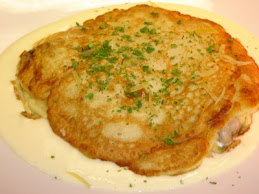

















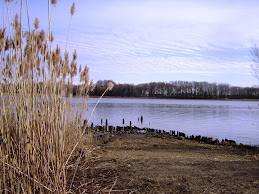



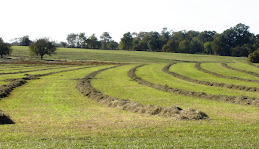


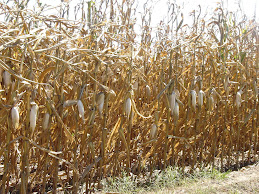






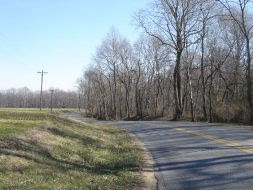

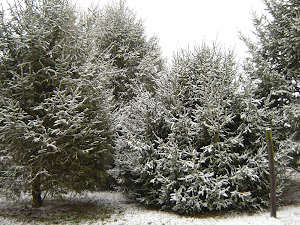
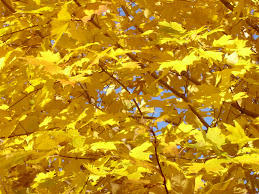




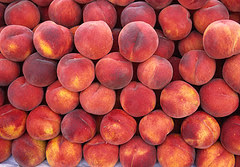



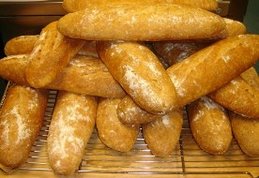
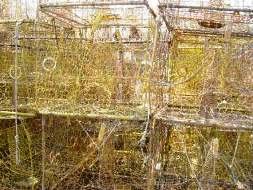
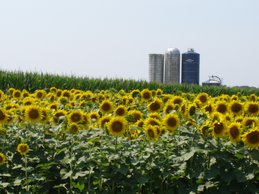


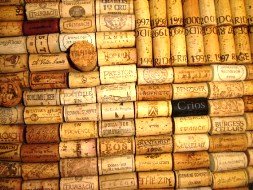
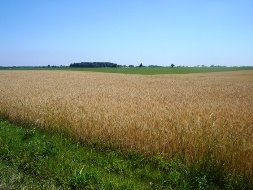

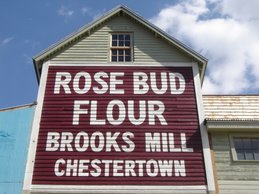
No comments:
Post a Comment